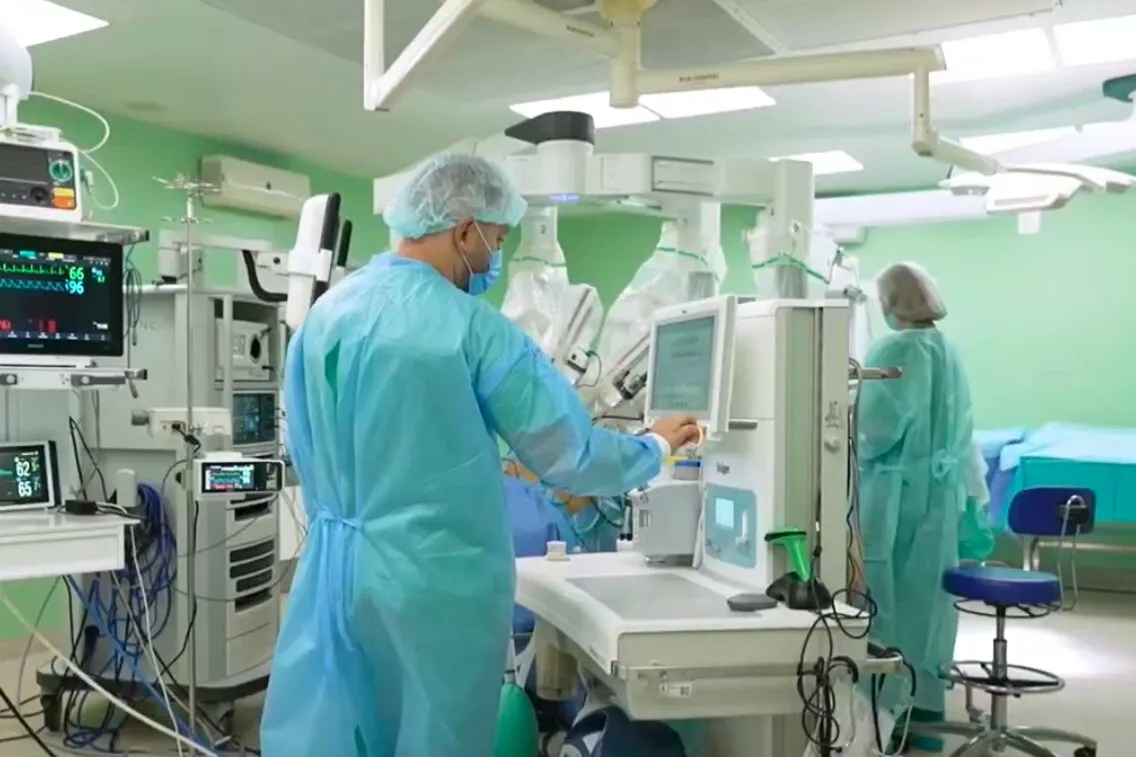Russia Speeds Up Code Testing
A Russian AI-based system for software testing is proving to be a breakthrough in automation, economic efficiency, and technology exports.

A Leap Forward in Software Development
Researchers from the R&D center T-Technologies in Vladivostok have developed a new method of automating software testing using artificial intelligence, called Targeted Test Selection (TTS). This intelligent system can automate testing and select tests capable of identifying more than 95 percent of potential errors.
Its main achievement is reducing the time required for code verification by a factor of five to six, without compromising quality. The method works effectively even with very large and complex codebases.
Unlike conventional approaches, the innovation allows developers to do without code coverage maps, instead leveraging statistics on past changes. TTS analyzes which files have been modified, by whom, how many times, and how often those changes resulted in errors. It uses a 'bag-of-words' principle, common in search engines, where each 'unit' represents the statistics of a file. In practice, it resembles sorting mail: if a letter comes from an address associated with spam, it should be checked carefully—but there’s no need to reread every message. Likewise, the system predicts which tests are most likely to detect errors after new changes, based on past failures.

This is not just faster testing, but a qualitative leap in how software development is organized, already proven effective in practice.
The system has been deployed in the digital infrastructure of one of Russia’s largest banks, TBank—an environment where even the smallest error can cause financial losses, service outages, and erosion of customer trust.
A Strategic Asset for Russia’s IT Industry
For Russia’s IT sector—facing the challenges of import substitution and the need for higher productivity—this development represents a strategic asset. The system reduces the load on computing resources: hours of manual or semi-automated testing and hundreds of servers once required for checks can now be reallocated to more complex tasks such as development, analytics, or model training. The result is not only faster testing but also significantly lower costs and greater scalability.
For everyday users and banking clients, the system means more reliable and stable digital services—fewer disruptions, quicker fixes, and stronger transaction security. For companies, it translates into cost optimization: reducing testing expenses frees up budgets for product development, employee salaries, or lower prices for end customers.
On the macroeconomic level, it improves IT sector efficiency, raises labor productivity, and strengthens technological sovereignty. The system’s open architecture and versatility also create strong export potential, especially for countries seeking alternatives to Western platforms.
Adaptability and Mass Appeal
One of the system’s main advantages is its universality. It is compatible with any programming language and does not require deep customization for specific projects or technology stacks. This expands its potential user base—from startups to state corporations. In Russia, the first adopters are likely to be software developers in fintech, government, and large enterprises seeking to streamline CI/CD processes.

Another strategic choice was making the system open source, allowing any market participant to use, adapt, and improve it freely. This accelerates adoption and fosters a developer community around the technology.
International analogues also apply machine learning to speed up testing, but most still rely on traditional methods such as coverage maps. They are often limited to narrow frameworks like Selenium, Jest, or PyTest.
In Russia, several AI-based testing tools have emerged in the past five years, but most required customization for each project, limiting scalability. By contrast, the T-Technologies system is universal, tool-agnostic, and open to the community, making it more flexible, adaptable, and attractive for mass adoption both in Russia and abroad.
A New Player in the Global Testing Market
The Russian innovation offers software developers a comprehensive solution: faster testing, lower costs, broad applicability, and open-source access. It is not just another tool but a potential new standard for organizing QA processes.

The system is expected to see widespread deployment in banking, government, IT companies, and startups—where speed and savings are critical. Integration into existing CI/CD platforms could create whole ecosystems around it. Export opportunities may begin with partner countries seeking technological independence or alternatives under sanctions.
In the long term, Russia’s AI system could emerge as a global player in automated testing, demonstrating that Russian technologies are not only competitive but in some respects surpass global counterparts in universality, openness, and efficiency.










































